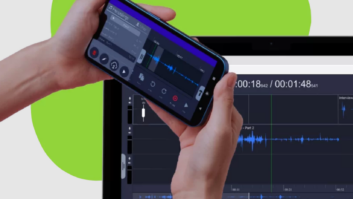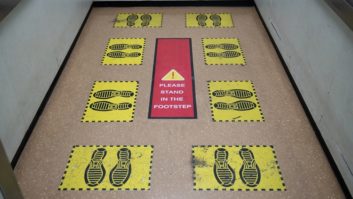This article appeared in Radio World’s “Trends in Codecs and STLs for 2020” ebook.
Working from home or remote studios is in “normal” times a challenge for broadcast and voiceover talent. When one factors in a pandemic lockdown and the ensuing scramble to move studio-quality audio back and forth, a service like ipDTL can make that task less of a challenge.
The ipDTL service has been enjoying more attention during the pandemic but has been around for several years. It comes from In:Quality, which “operates a worldwide network for the real-time transmission of professional audio.” The company says its users include the BBC, New York Public Radio, NPR and Global Radio.
[Check Out More of Radio World’s Ebooks Here]
The service is based on the open source Opus codec. Founding Director Kevin Leach, a former radio host and BBC sound engineer, says ipDTL runs smoothly on any modern computer: “If you can browse the internet smoothly on your computer, then you can run a stable ipDTL connection.”
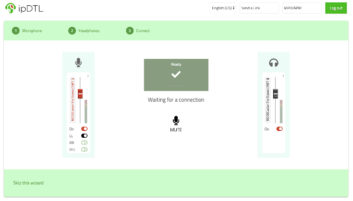
A subscriber of the service can send a link to another location, where that link is opened in a browser and a bidirectional studio quality audio link would then be established.
ipDTL has additional capabilities: With the proper configuration, the subscribing user can also connect to legacy ISDN codecs (where still available) and even connect to a voice grade telephone. With SIP protocols and using a sip.audio account from In:Quality, a subscriber can also connect to hardware codecs (e.g. Comrex, Tieline, Telos, JK Audio) that are configured for Opus connections.
It is also compatible with G.722 and G.711 over IP. There is a video angle as well, VP8 and H.264. And it lives on Windows, Mac, Linux and ChromeOS computers.
Subscription Levels
There are three levels of ipDTL annual subscriptions: Bronze users can send one connection link, Silver users two and Gold users may send up to four simultaneous connections. A version allowing six connections is in the late stages of testing. The Gold subscription also includes basic video functionality. Prices start at $15 per month. Subscribers get a sip.audio address ([email protected]), which allows SIP-enabled devices to talk to the subscriber.
How does this work in the real world? I tested the service recently during a virtual NAB Show demonstration with Leach.
There are some caveats from my experience.
All codec developers (software and hardware) caution users that sending a true mix-minus is vital for proper operation of the codec. For example: On a mixer like the Allen+Heath ZED 10, there are three ways to send a mix-minus (aux send, FX send and record bus). The best one that seems to work with USB connections is the record bus, where inputs other than the USB connections are selected (mics, etc.). The USB out can be fed from the record bus. If the main mix were fed to the USB out, that would create a feedback loop. A standalone codec could be fed mix-minus from the aux or FX send.
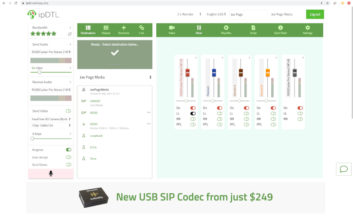
During our demonstration, I fed the record bus with the USB output. When Leach talked about the importance of a mix-minus, I created a feedback loop (which happens when the codec or other receive channel is fed back to the other end of the connection).
Unless a laptop is within visual distance of a wireless router, and it is the only device on the network at that particular time, in:Quality strongly recommends a wired connection to the network router when using the ipDTL service. With a wired gigabit connection over Cat-6, I experienced no connection problems.
Leach says multiple SIP connections with ipDTL at the studio end provide maximum flexibility. He said devices such as Wheatstone SwitchBlade and Comrex Access MultiRack can receive multiple duplex real-time SIP streams from remote sites and guests. The studio so equipped can send a connection link to talent and guests so they can connect easily to the SIP hardware. There’s also an option to connect from one of the company’s range of SIP Opus Codecs.
Subscribers may opt to be listed in a database of ipDTL users around the world for an extra charge. That’s a useful resource for audio reporters and producers, and it could also help those producers and reporters to connect with newsmakers and subject matter experts.
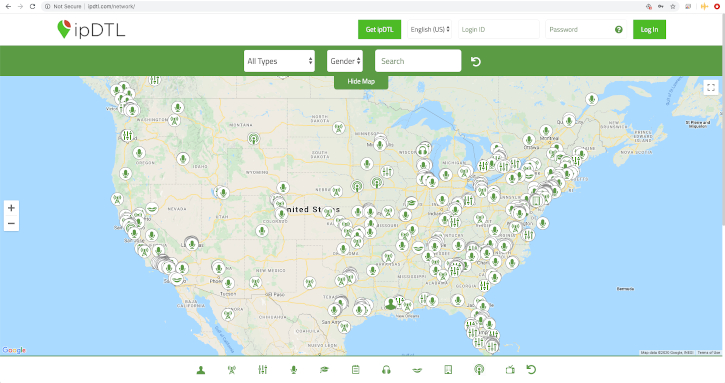
“For too long now, there has been uncertainty and trepidation about the migration from ISDN to IP codecs,” Leach said. “With SIP now, it feels like we’re finally past the point of no return, but there’s still some work to do. A newspaper journalist should be able to ask a radio producer what SIP address they should call for an interview, and get a confident reply. Looking at the messages in our support inbox, we’re not quite there yet.”
Paul Kaminski, CBT, is a longtime Radio World contributor, and host and producer of msrpk.com’s “Radio-Road-Test” program. Twitter: msrpk_com; Facebook: PKaminski2468





